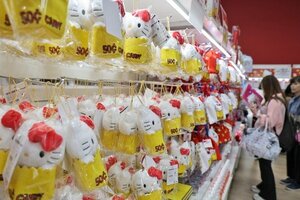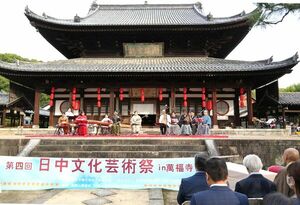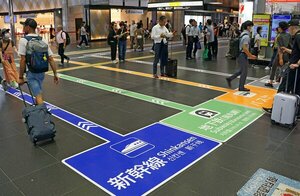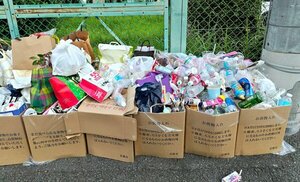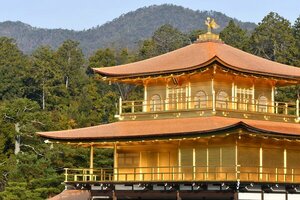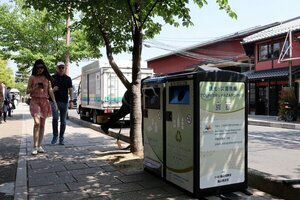Single malt whiskey "Yamazaki" representing Suntory Yamazaki Distillery (Shimamoto-cho, Osaka). If you put it straight in your mouth, the strong aroma and taste will spread all at once. Mellow down the throat and pleasant aftertaste that lingers forever.
We use a variety of unblended whiskeys with different aromas and flavors to design a single whisky. Its designer is Blender. Currently, about 10 people are in charge of the worksite, including chief blender Shinji Fukuyo (62).
Fukuyo has previously worked on ``Hibiki,'' ``Chita,'' and the limited edition ``Yamazaki.'' New products tend to be the talk of the town, but a big part of his day-to-day work is "continuing to protect them."
Fukuyo explains, "Existing whiskeys, including Kakubin, which has a history of 85 years, will not have the same taste unless the blender is adjusted."
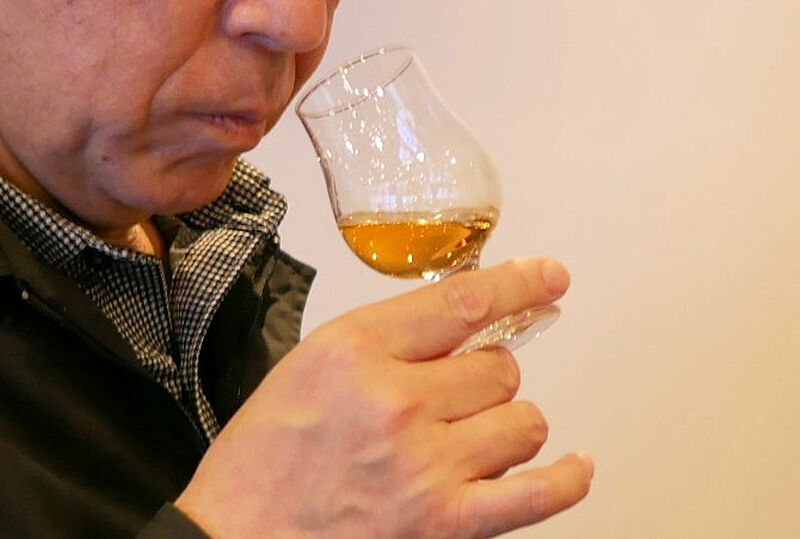
This is because even unprocessed sake distilled under the same conditions and aged over the same period of time does not necessarily have the same taste. The type of wood from which the barrel is made, the location of the storage room, and the experience of extreme heat in recent years all have an impact. The characteristics of unprocessed sake become more diverse during the aging process.
In the blender's workplace, whiskey is placed between people and people talk about taste and aroma. “Even if you say sweet, it depends on the person. Words alone can’t convey it,” says Fukuyo. "'Isn't this scent that I'm talking about behind the first fruit, until the next scent comes?'
There was a time when ``Japanese whiskey'', which has been attracting attention overseas in recent years, did not sell well. After the war, shipment volumes continued to rise. However, due to the domestic boom in shochu and wine, sales peaked in 1983 and continued to decline for 25 years.
At the manufacturing site, he repeated trial and error, asking, "How can we deliver more delicious products?"
In 2003, "Yamazaki 12 Years Old" won a gold medal at the world-renowned British competition "International Spirits Challenge". Since then, the reputation of Japanese whiskey has increased overseas.
Looking back, Fukuyo says, ``At the scene, we asked ourselves, ``What did we do well?'' In order to refine our quality, we needed to find out.''
There are two conclusions so far. One is Japan's natural environment, such as water and climate.
``The groundwater used in Yamazaki can be sold as mineral water just by filtering it.You can make delicate spirits with clean, pure water,'' he emphasizes.
In addition, the clear four seasons promote the maturation of unblended whiskey. In the hot summer, absorption into the barrel wood progresses. In the cold winter, the air inside becomes negative pressure, and what has soaked into the barrel material comes out again in the unblended whiskey. “By having a lot of barrel breathing, it creates a deep sense of maturity and a delicate and mellow taste.”
The other thing is Japanese craftsmanship, which is applicable not only to alcohol but also to various fields such as traditional crafts and industrial products. His attitude is to "always try to do better" and make improvements without cutting corners. ``Craftsmanship and nature characterize Japanese whisky,'' he says emphatically.
We carefully manage and use unblended whiskeys distilled by our predecessors as the seasons change. ``While valuing past knowledge and original brews, we will pass them on to the next generation.I work within the flow of time.''

